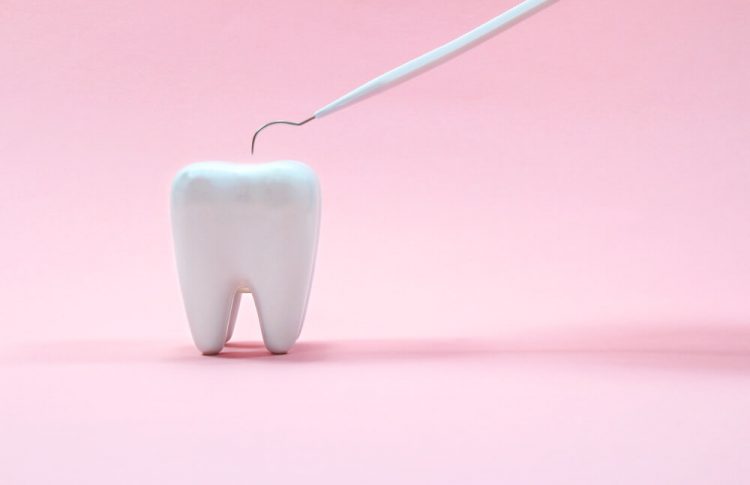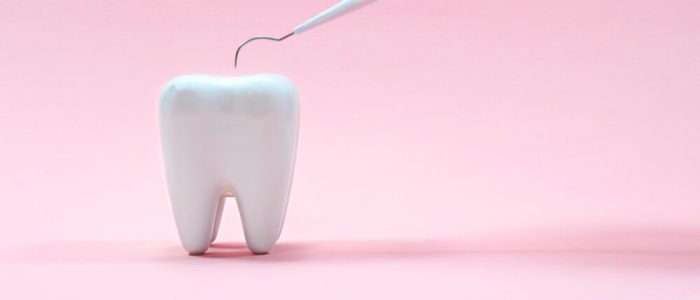What’s a Dental Explorer?

Northside Dental Clinic is a top-rated dental office in Springfield, Missouri, that uses the latest technologies and tools in dentistry to help clients achieve healthier, brighter smiles.
What’s a Dental Explorer? Northside Dental Explains!
The dental explorer tool is a versatile and useful dental tool for any professional dentistry practice. Commonly known as a “sickle probe” (due to the curved, metal end), it is used to detect the presence of gum diseases, plaque, calculus (hardened plaque deposits), and cavities or “caries.”

Dental Explorer Parts
It’s a simple and ergonomically designed tool. The dental probe has three parts:
- The shaft (the handle).
- The curved pointed end.
- The shank (the portion that connects the handle to the pointed end).
The metal, curved end can sometimes be several centimeters longer. Granted, it can seem like a “scary” tool at first glance.
But this unique design is precisely what keeps the mouth safe when working to detect issues in the root areas of the posterior or anterior teeth (the teeth near the back of your mouth).
Why is the Dental Explorer Used by Dentists?
A dental explorer can accurately detect hidden deposits of plaque that, if left untreated or undetected, develop into gingivitis (bleeding and sensitive gums) or periodontitis (receding gums). This tool is vital for detecting and preventing gum disease.
Hardened plaque deposits collect in depressions, line angles, and furcations of the mouth. The dental explorer’s small, sharp, curved end makes it easier for the dentist to find these areas.
What are the 3 Types of Dental Explorers?
- Straight – it has a metal point that slants at an angle without any curve
- Curve – a hooked or curved metal point
- Interproximal – curved for proximal reach but not to the same degree as a curved dental explorer
There are 4 Primary Designs of Dental Explorers
The designs of dental sickles vary as well, from shank length to the metal end’s length and curvature. Here are the primary designs made by manufacturers.
1. The Cowhorn or Pigtail Explorer
When both ends of the tool have metal curved points, it resembles a set of pigtails or a cow horn — hence the name.
2. Straight Explorer
Unlike the “curved” explorers, the straight explorer has no curvature to the metal endpoint. It slants straight at a downward angle.
3. Shepherd Hook Explorer
The pointed end closely resembles a shepherd’s staff. This design is great for getting more access to difficult angles in the mouth.
4. Orbon or #17/18 Explorer
This is a standard, stainless steel dental explorer from a German manufacturer. It’s a popular tool for most professional dentists.
Which Dental Explorer Do Dentists Use?
The type of dental explorer used by a dentist will depend on several factors, including the patient’s mouth size and shape. Some designs make it easier to access parts of the mouth than others.
Do Different Designs Perform Different Tasks?
Not really. All dental explorers perform the same function. But some are better than others for specific circumstances. For example, the #11/12 explorer model is especially good at sub-gingival exploration.
In What Circumstances is the Dental Sickle Used?
They are used in general dentistry for pretty much every occasion, even assessing dental restorations. Dental explorers or sickles that are used frequently can dull. This is why dental offices will periodically sharpen the endpoints to improve the tool’s accuracy and safety.
Why is the End Curved?
The pointed end of a dental explorer can examine all manner of dental irregularities. It’s bent at varying degrees (sometimes at a 90-degree angle) to better explore beneath the gum line — clinically referred to as “subgingival exploration.”
Here’s another cool feature: The metal end piece of a dental probe is designed to bend and conduct vibrations, increasing tactile sensations. These little vibrations are felt in the clinician’s fingertips whenever he or she stumbles upon hardened plaque deposits.
This tool’s functionality and purpose is explained right in the name, “explorer.” By using it, a dentist or hygienist can “explore” hard-to-reach areas of the mouth and detect any abnormalities.
The dental probe can even be used to detect issues in the spaces or openings surrounding the teeth under the gumline (periodontal pocketing) or just beneath the surface layer of gum tissue.
Dentists can quickly spot dentin and enamel defects like:
- Resorptive lesions
- Fractures
- Necrotic cementum
- Calculus/cavity deposits
- Pulp exposure
Contact Northside Dental Clinic in Springfield, MO.
If you have any more questions, we’re happy to help! Reach out to our professional staff at Northside Dental Clinic, or call us directly at (417) 862-2468.

